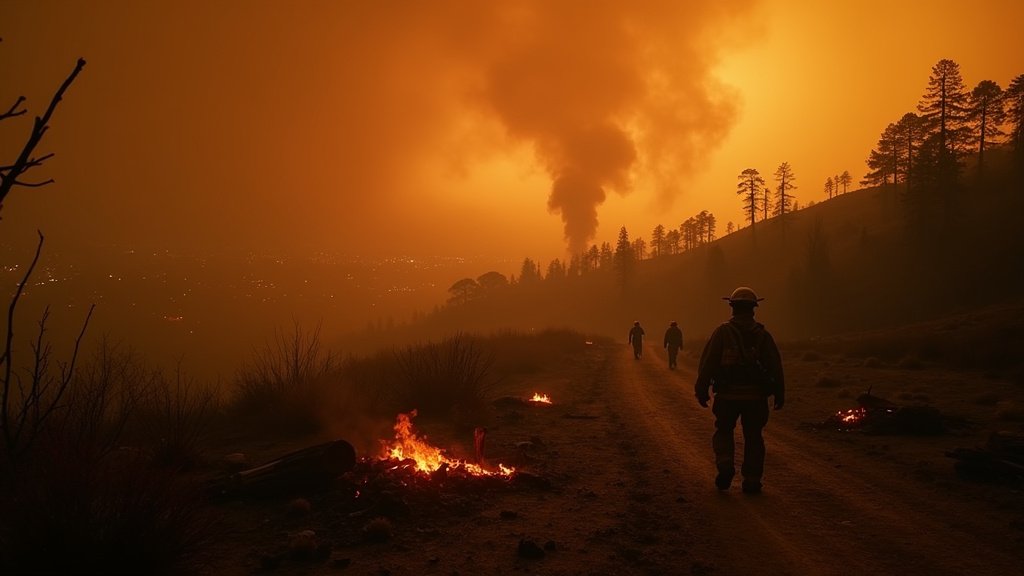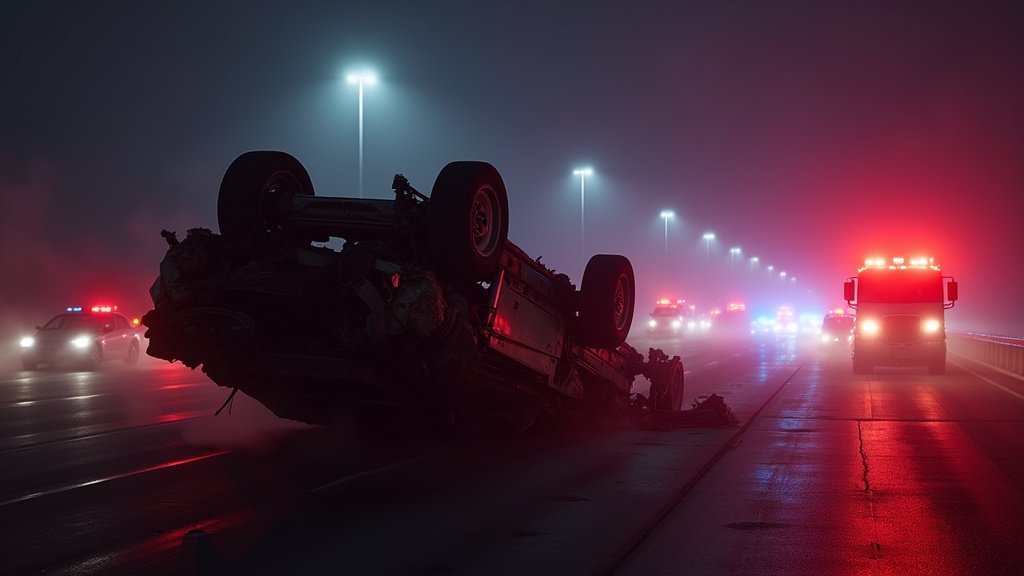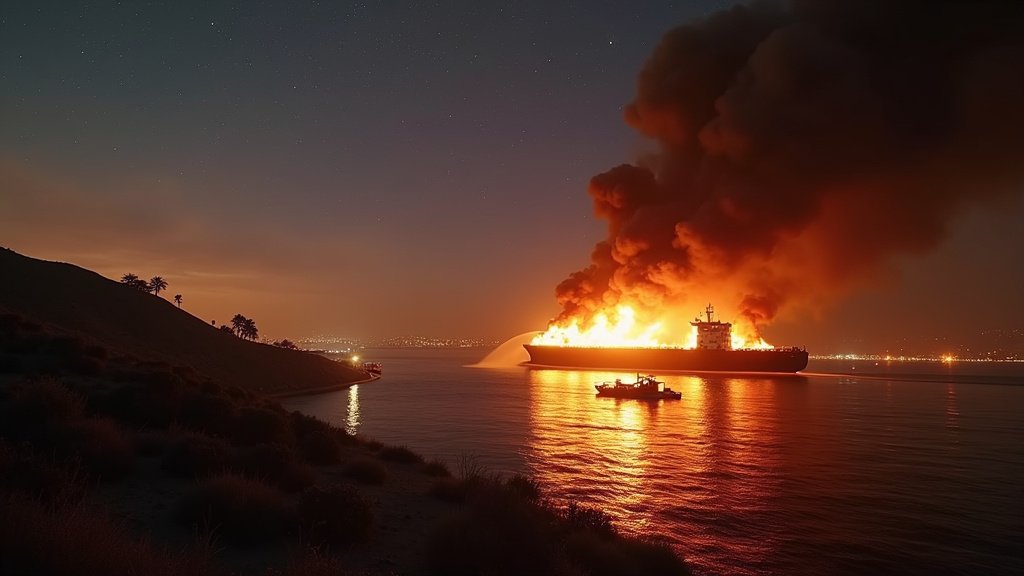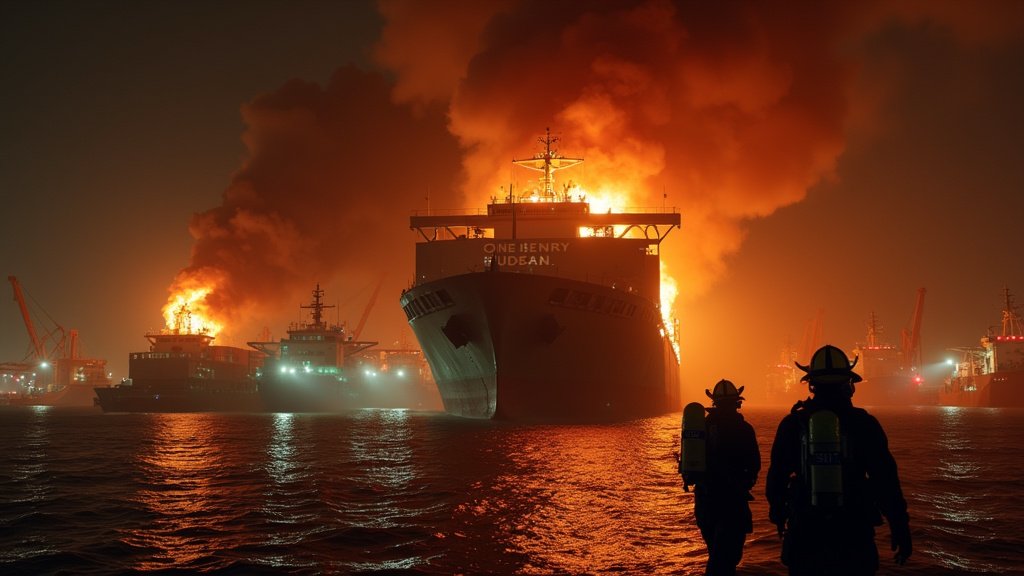The Los Angeles Fire Department (LAFD) has released a detailed after-action report on the devastating Palisades Fire of January 2025, highlighting critical challenges in staffing, leadership, communication, and resource deployment that hampered the initial response to the catastrophic blaze. The report’s release coincides with the federal arrest of Jonathan Rinderknecht, accused of igniting the initial fire that evolved into the destructive inferno.
Unpacking the Palisades Fire After-Action Report
Nine months after the fire ravaged the Pacific Palisades community, the LAFD’s extensive review, spanning 70 pages, scrutinizes the department’s response during the critical first 36 hours. The report identifies significant shortcomings, including insufficient firefighters on duty when the fire erupted and an ineffective process for recalling off-duty personnel. It notes that top department officials possessed limited experience in managing an incident of such magnitude, and resource allocation was insufficient, as evidenced by a failure to pre-deploy additional engines despite warnings of extreme weather conditions.
The Origin Story: From Lachman Fire to Inferno
The Palisades Fire’s origins trace back to January 1, 2025, with the Lachman Fire, initially contained to approximately eight acres. However, federal prosecutors announced on October 8, 2025, the arrest of Jonathan Rinderknecht, 29, a former Pacific Palisades resident now living in Florida. Rinderknecht is charged with maliciously starting the Lachman Fire. Investigations revealed that embers from the Lachman Fire continued to smolder underground within dense vegetation’s root structure. On January 7, hurricane-force Santa Ana winds caused this smoldering ember to surface and spread rapidly, transforming into the devastating Palisades Fire. Acting U.S. Attorney Bill Essayli stated that the complaint alleges Rinderknecht’s recklessness led to one of Los Angeles’s worst fires, resulting in death and widespread destruction.
Failures in the First 36 Hours
The report details a series of critical failures during the initial response. Communication breakdowns included delays in issuing evacuation orders and a lack of structured traffic control, leading to blocked routes. The Metro Fire Communications center reportedly bypassed established incident communications plans, and lacked the capability for interagency VHF frequency communication. Many firefighters worked for over 36 hours without rest or rehabilitation, a grueling situation that compounded performance and safety concerns. Furthermore, the report suggests that decisions regarding pre-deployment staffing were influenced by perceived financial constraints rather than solely by public safety considerations, a practice the department has vowed to change. Water supply limitations also emerged as a challenge, necessitating reliance on alternative sources as hydrants ran dry.
LAFD’s Path Forward: Reforms and Resilience
In response to the findings, the LAFD has implemented over a dozen protocol changes since January 2025. These reforms aim to enhance clarity, accountability, and public confidence. Interim Fire Chief Ronnie Villanueva stated the report’s purpose is to foster continuous improvement. Mayor Karen Bass highlighted key changes, including a complete overhaul of command staff with 19 leadership changes made since January, the appointment of Villanueva, strengthened interagency coordination, and upgraded communications technology. To prevent future staffing crises during extreme weather, the LAFD has instituted a mandatory protocol requiring all personnel to be on duty and all available apparatus to be staffed during Red Flag warnings, regardless of fiscal impact.
Enhanced wildfire training and evacuation drills are now standard, alongside investments in advanced weather-tracking technology and improved staff recall systems. The department is also working to ensure every high-risk neighborhood has at least two safe evacuation routes and is training personnel on acquiring water from alternative sources like swimming pools. The LAFD aims to strengthen its readiness and commitment to safeguarding the Los Angeles community, working to bring displaced families back home.
A New Era of Preparedness
The Palisades Fire served as a harsh lesson, exposing vulnerabilities in the LAFD’s preparedness and response mechanisms. While the arrest of Jonathan Rinderknecht addresses the fire’s origin, the after-action report focuses on systemic improvements. The implemented changes signal a commitment to learning from the tragedy and building a more resilient emergency response system for Los Angeles, ensuring that public safety remains the paramount concern in the face of increasing wildfire threats. This comprehensive review and subsequent reforms are a crucial step in rebuilding trust and safeguarding the Los Angeles community for the future.





